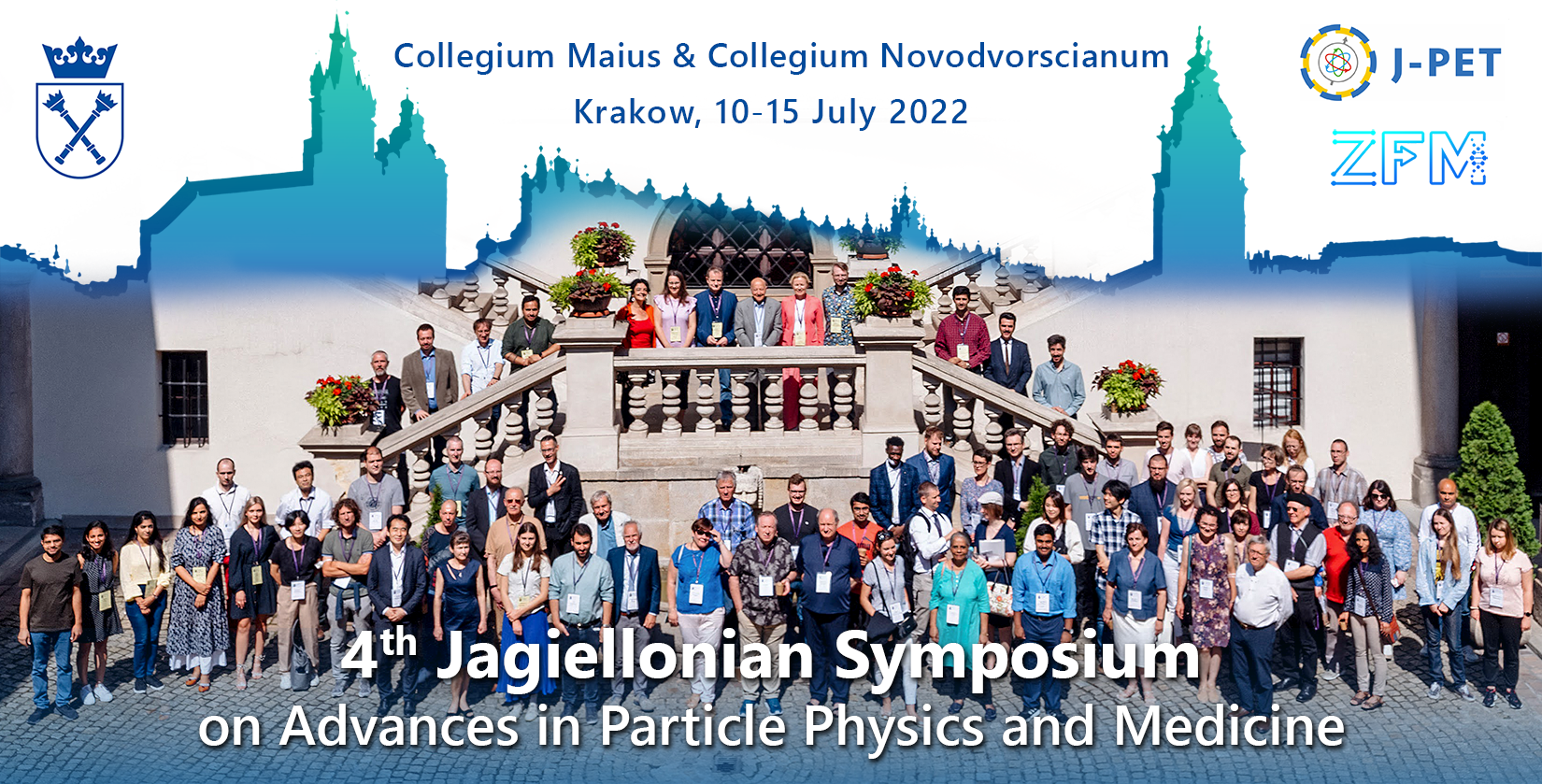Speaker
Description
Author: Barbara Kołodziej
Co-authors: Aleksandra Wrońska, Aleksandra Kaszlikowska, Mareike Profe, Ronja Hetzel , Barbara Beus, Magdalena Garbacz, Renata Kopeć
Proton therapy is a radiotherapy method which is superior to conventional radiotherapy performed with photons because of the achievable dose conformality. However, to fully benefit from the favorable dose-depth profile of the ion beams, new methods are required to monitor the treatment process online. A class of methods is under development based on the analysis of prompt gamma radiation, which can provide information on the dose distribution in real time [1]. The idea of a proton beam-activated tracer, discussed in this poster, is based on detecting a prompt gamma signal from an element delivered to the tumor selectively and excited by the proton beam [2]. In the poster, silicon will be presented as a suitable candidate for such a tracer.
Investigation on silicon was performed using Geant4 simulations. The aim of the simulations was to obtain a prompt gamma spectrum and the response of a detector. In the simulations, a cuboid PMMA phantom was used as the target, housing in its center a silicone-doped insert (mass concentration of 2%). The phantom was irradiated using a treatment plan layer by layer, and the results were adjusted to include the anticipated acceptance of a detector. The use of an HPGe detector of RWTH Aachen [3], equipped with an active Compton shield, was considered. Its response and effect on the registered spectrum were also investigated.
For proximal monoenergetic layers, the signal from the tracer was statistically significant when the Bragg peak was completely located in the insert. For distal layers, when Bragg peak was outside the insert, the signal dropped noticeably, but it was still visible because the cross section for producing gamma particles is non-zero for higher-energy protons. Inclusion of the detector response did not change this observation. However, reduction of statistics resulting from detection efficiency lead to the necessity of including the active Compton shield in the detection setup, otherwise the signal was buried by background.
The results showed a dependence between the signal from silicon and the Bragg peak position, and this observation can be used to develop monitoring methods based on tracers activated by the proton beam. The next planned step is to confirm this result by experiment, whose pilot run took place in February 2022 at the Cyclotron Centre Bronowice. This research was funded by the Priority Research Area Digiworld under the program Excellence Initiative – Research University at the Jagiellonian University in Kraków and by the Polish National Agency for Academic Exchange.
References:
A. Wrońska i D. Dauvergne. Range verification by means of prompt-gamma detection in particle therapy. W: Radiation Detection Systems, tom 2. CRC Press/Routledge, 2021. https://doi.org/10.1201/9781003218364-6
https://agenda.infn.it/event/23656/contributions/120652/
Laurent Kelleter et al, Spectroscopic study of prompt-gamma emission for range verification in proton therapy, Physica Medica, Volume 34, 2017, Pages 7-17, ISSN 1120-1797, https://doi.org/10.1016/j.ejmp.2017.01.003

